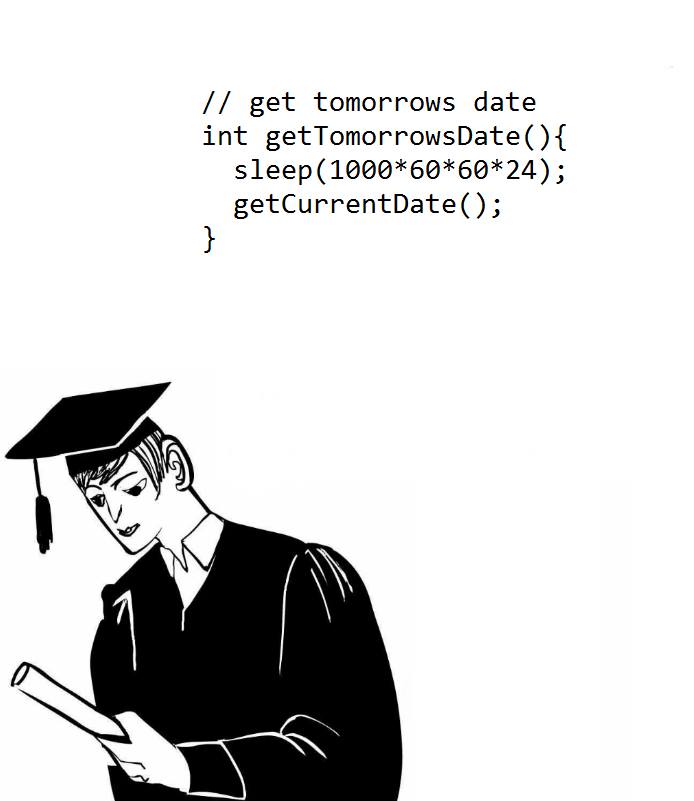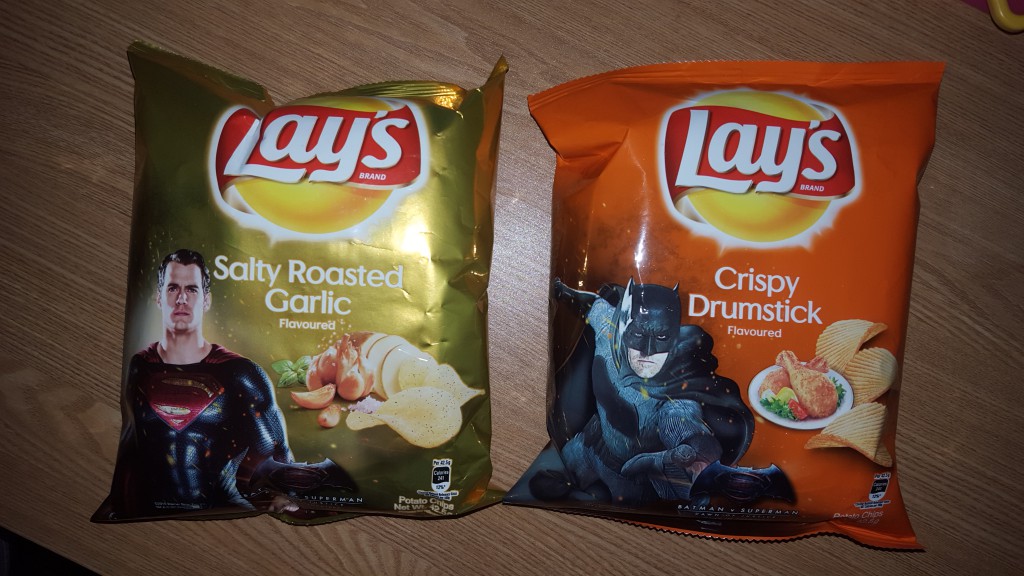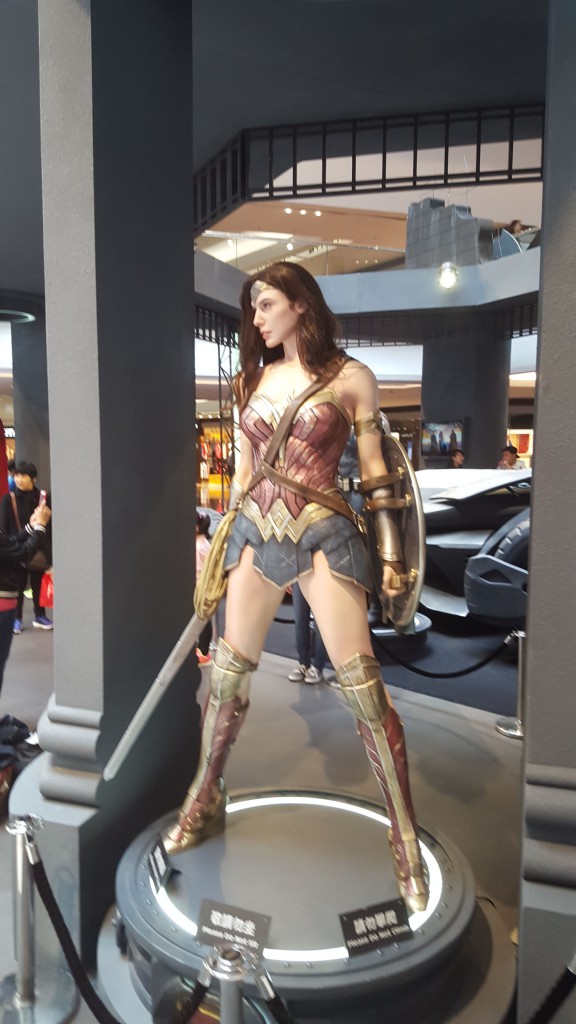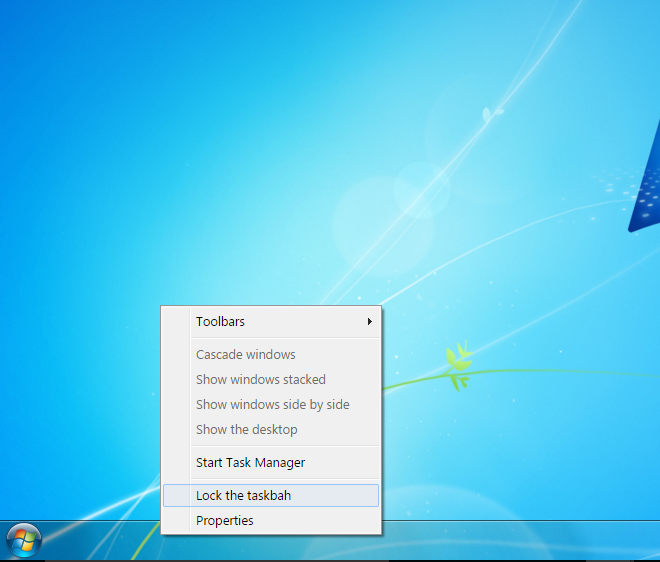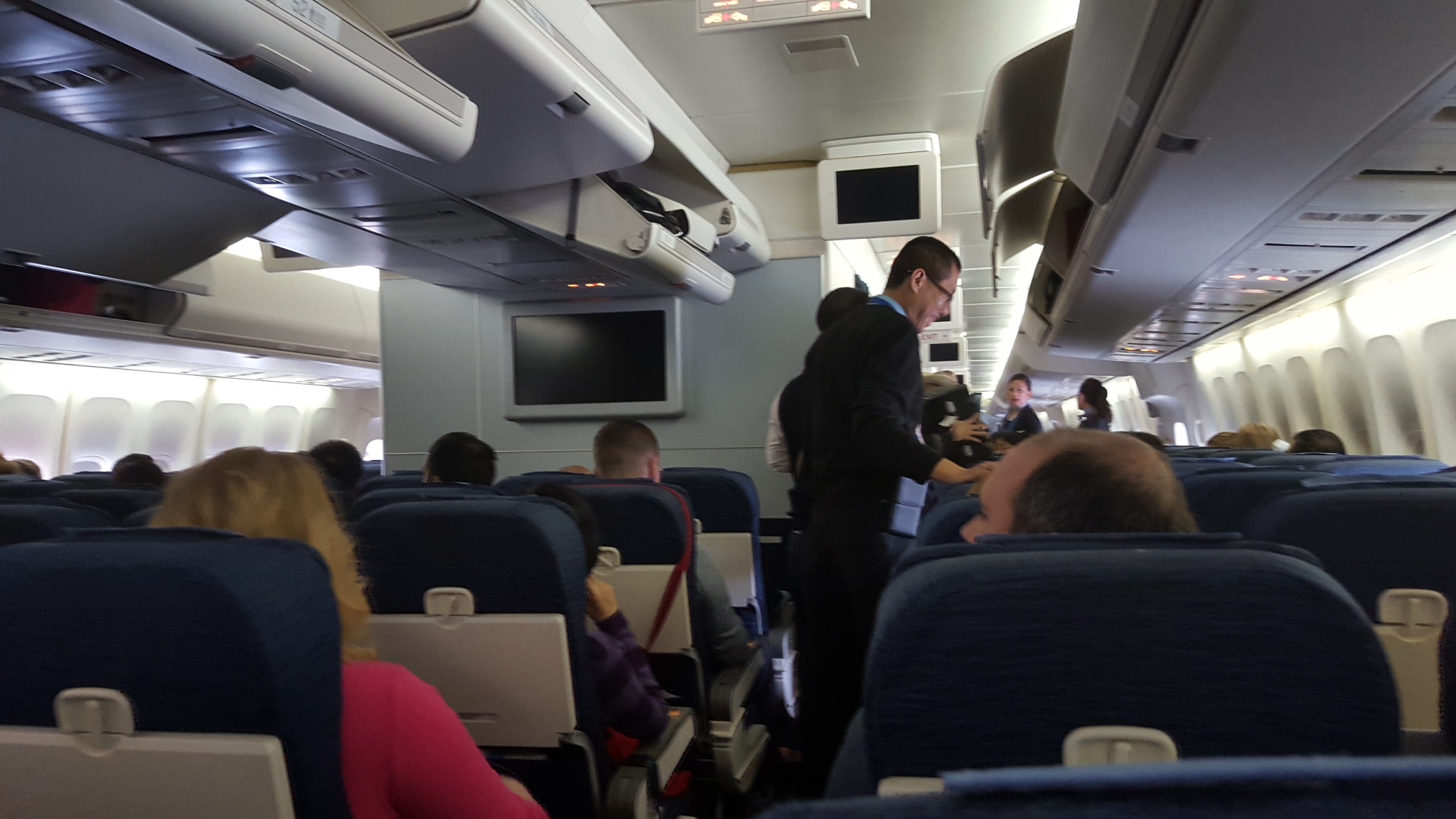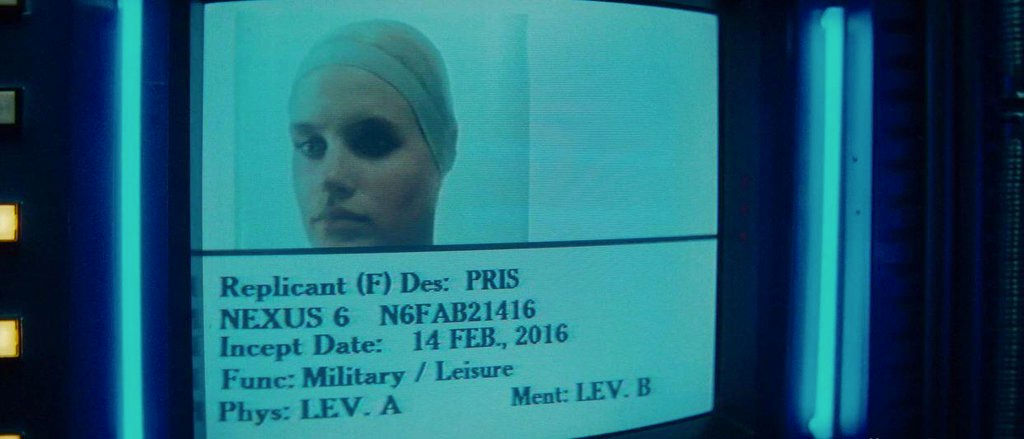Well, ChicagoVPS was bought out, and then they kind of downgraded me from a Xeon to an Atom.. And now they are creeping up the rates. So I saw a special on lowendbox.com for Joe’s Datacentre. I’ll be moving onto a dual proc Xeon L5420 CPU. Â Maybe not the highest end of boxes, but better than some atom.
I don’t think it’ll mean anything for anyone, other than a blip of an outage when I shut down KVM, and transfer over the blog VM, and update DNS.
I’ve already moved over my BBS and it’s running just fine. Not that it matters but I moved out the ‘vpsland‘ share to another low end cheapo dedicated box at Joe’s for well over a month now, making my decision to move justified.
The new hosting is in Kansas City MO, which is still geographically central in the United States of America. Id love to host it in Hong Kong, but I’ve only received absolutely insane prices out here. And even though I do have a commercial grade internet connection, getting more IP addresses has been an impossibility.
Oh well, it’s just me rambling.

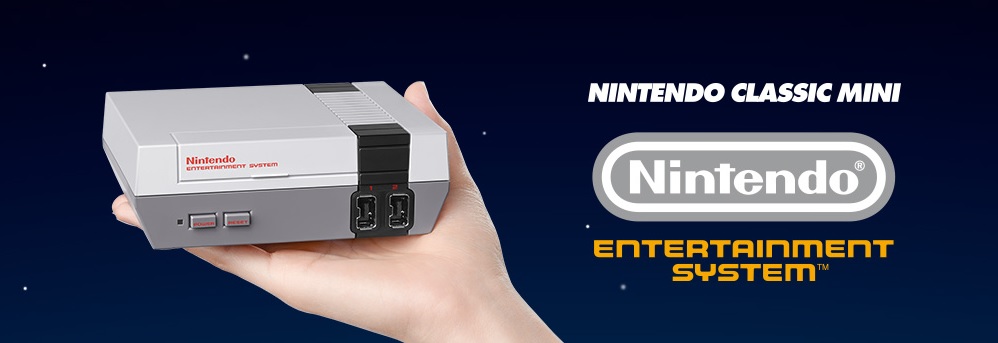
![Simpsons “The Old Man and the Key,â€[1] Episode 13, Season 13](https://virtuallyfun.com/wp-content/uploads/2016/04/old-man-yells-at-cloud.jpg)
